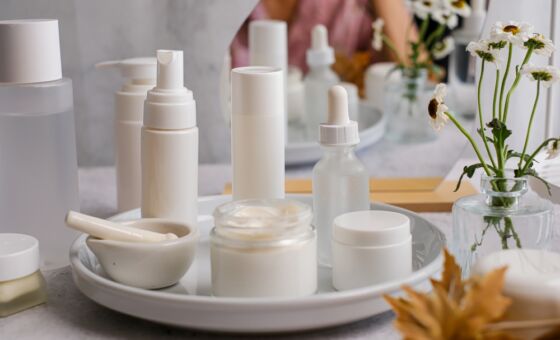Taking care of your fitness, health and personal well-being is very important. To help, Canstar Blue produces dozens of health & beauty related customer satisfaction reports, comparing gyms, multivitamins, weight loss shakes, sunscreens and numerous personal hygiene and grooming products to help you feel your best.
In addition to the reports featured above, we also produce customer ratings for the following health & beauty products:
Here are some of the most popular health & beauty articles on our website:

Consumer News - November 28th
Beauty lovers are in luck this Black Friday with big discounts on makeup, skincare and beauty tools from a huge range of brands.
To help you find the best deals, Canstar Blue has collated some of …
– Read more
Best-Rated Baby High Chairs - September 2nd
Aussies are spending more on groceries in 2024, with the average weekly supermarket shopping bill increasing in all states and territories over the past year, according to new Canstar Blue research.
Our 2024 survey of supermarket …
– Read more
Best-Rated Beauty Retailers - July 11th
How much does gym membership cost? Find out what the average boy and girl pays to get fit and healthy.
– Read more
Best-Rated Breath Mints Brand - March 28th
Aussie families will be out and about for Easter this year, taking advantage of the long weekend and enjoying a break together. With many shops and stores closed over the Easter weekend, it can be …
– Read more
Best-Rated Beard Trimmer Brand - November 10th
How much energy does a hair dryer use? What types of hair dryers work out cheaper to run? Find the answers to your hair dryer questions at Canstar Blue.
– Read more